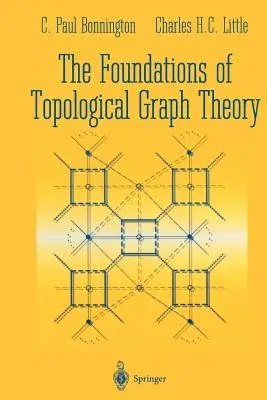C Paul Bonnington
(Author)The Foundations of Topological Graph Theory (Softcover Reprint of the Original 1st 1995)Paperback - Softcover Reprint of the Original 1st 1995, 5 October 2011

Qty
1
Turbo
Ships in 2 - 3 days
In Stock
Free Delivery
Cash on Delivery
15 Days
Free Returns
Secure Checkout
Print Length
178 pages
Language
English
Publisher
Springer
Date Published
5 Oct 2011
ISBN-10
1461275733
ISBN-13
9781461275732
Description
Product Details
Book Edition:
Softcover Reprint of the Original 1st 1995
Book Format:
Paperback
Country of Origin:
NL
Date Published:
5 October 2011
Dimensions:
23.39 x
15.6 x
1.04 cm
ISBN-10:
1461275733
ISBN-13:
9781461275732
Language:
English
Location:
New York, NY
Pages:
178
Publisher:
Weight:
276.69 gm

